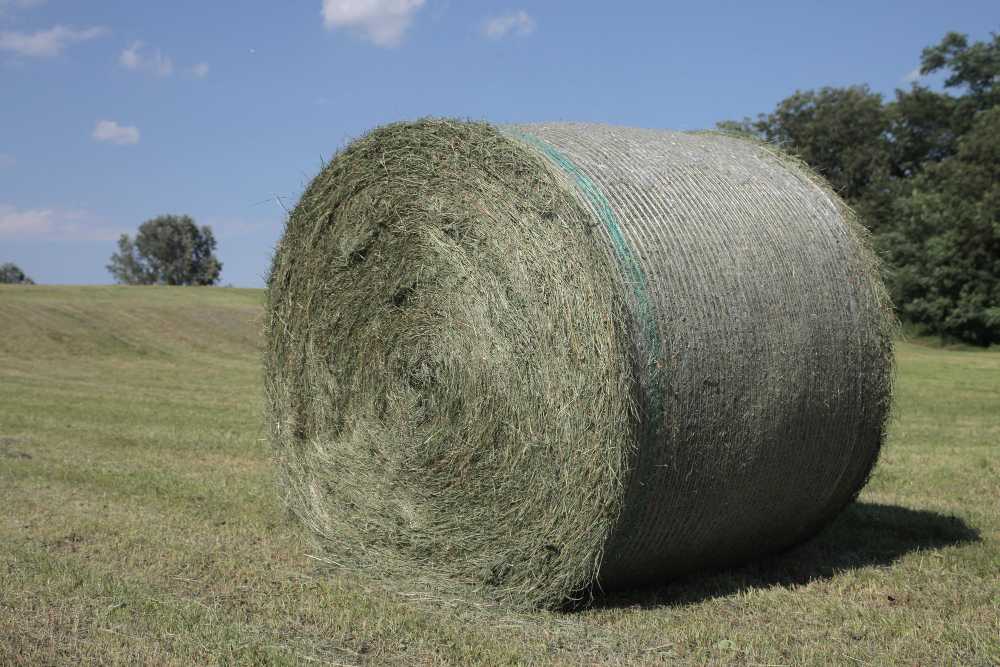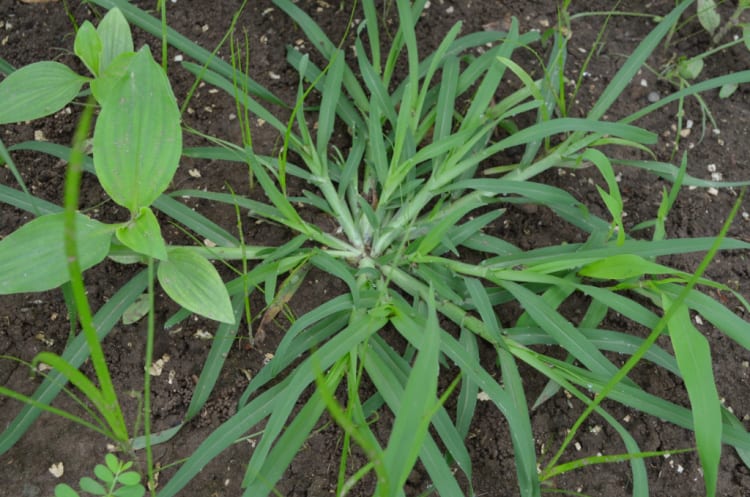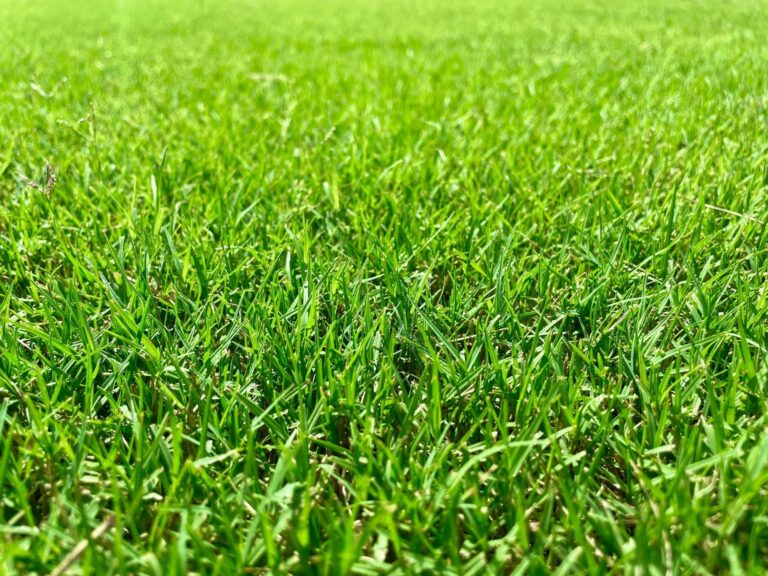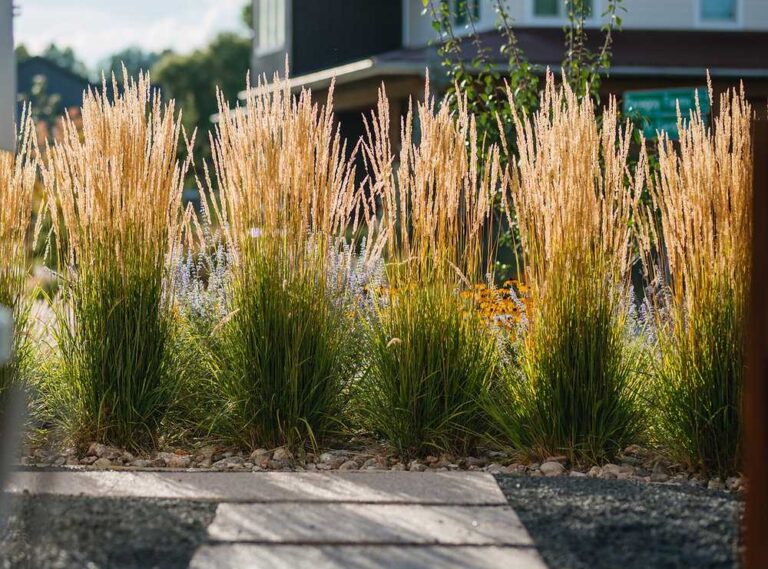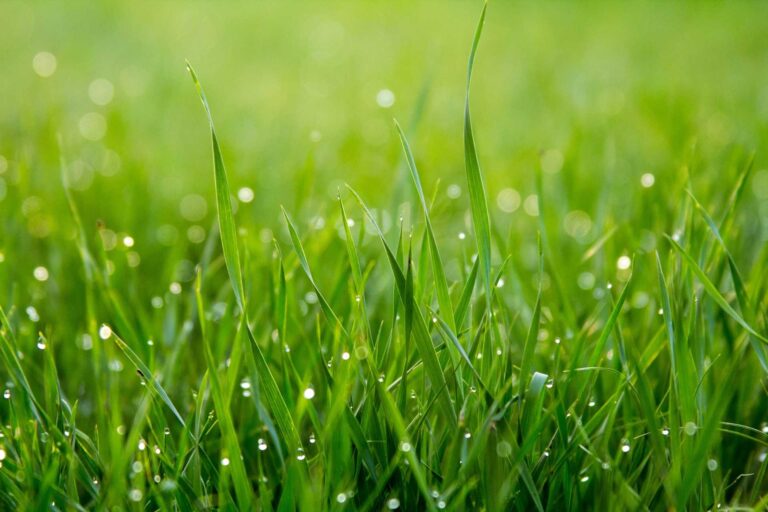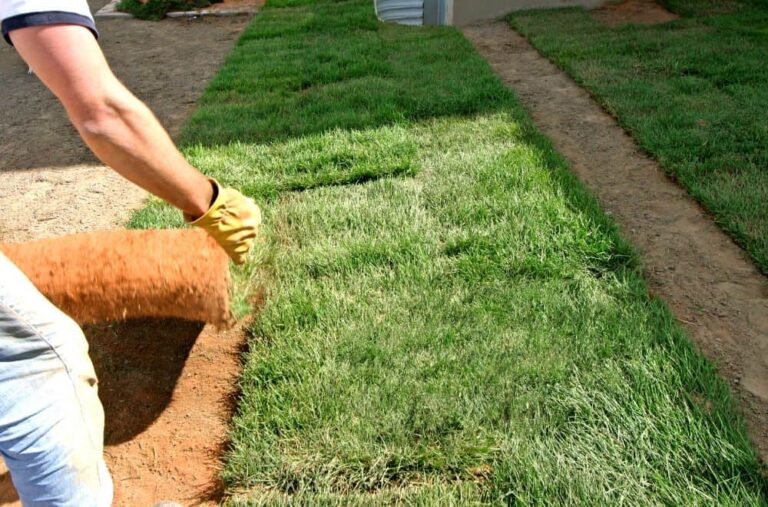How Long Do You Leave Hay on Grass Seed?
When it comes to establishing a lush and healthy lawn or pasture, proper care and attention to detail are essential. One critical aspect of successful grass seed germination and growth is the use of straw or hay for grass seed as a protective cover. But how long should you leave hay on new grass seed? This question is pivotal in ensuring the success of your grass-planting project. We will explore the reasons for using hay or straw, the ideal duration to leave it in place, and some essential tips for achieving the best results:
The Role of Hay for Grass Seed Germination
Before we delve into the duration of leaving hay on new grass seed, let’s first understand why it is used and its role in the germination process. Hay and straw serve several important purposes when it comes to establishing new grass seeds:
1. Moisture Retention: One of the primary functions of hay or straw is to help retain moisture around the grass seed. This is especially crucial during the early stages of germination, when the seeds require a consistent supply of moisture to sprout and establish roots.
2. Protection from Erosion: Grass seeds are vulnerable to soil erosion caused by wind and water. Hay or straw acts as a protective barrier, reducing the impact of these environmental factors, which can disturb and displace newly planted seeds.
3. Temperature Regulation: Hay and straw provide a degree of insulation that helps moderate soil temperatures. This is particularly beneficial in colder climates, as it creates a microenvironment that encourages seed germination even when the air temperature is less than ideal.
4. Reducing Competition: Hay or straw can help suppress weed growth, which can compete with grass seedlings for nutrients, water, and sunlight. By covering the soil, you limit the chances of weed seeds germinating and competing with your desired grass.
Now that we understand why hay or straw is used in grass seed planting, let’s explore the recommended duration for leaving it in place.
How Long Should You Leave Hay on New Grass Seed?
The ideal duration for leaving hay on grass seed can vary depending on several factors. Understanding these factors is crucial to determining the appropriate length of time to leave the hay in place. Here are some key factors that influence the ideal duration:
1. Climate and Weather Conditions: The climate of your region is pivotal in determining how long you should leave hay for grass seed. When it’s hot and dry, you may need to keep the hay longer to prevent the seeds from drying out since the soil tends to dry out more quickly. In contrast, cooler and wetter climates may require a shorter duration of hay coverage.
2. Grass Species: Different grass species have varying germination times and growth rates. Some grass types germinate and establish faster than others. Understanding the specific grass species you are planting will help you gauge how quickly they should be able to grow and withstand environmental challenges without the protection of hay.
3. Seedling Strength: One of the primary purposes of leaving hay on new grass seed is to protect the fragile seedlings. Once the seedlings have grown strong enough to withstand external factors like rain, wind, and potential pests, you can consider removing the hay. Assess the seedlings’ overall health, root development, and robustness to determine their readiness.
4. Soil Moisture: Another factor to consider is soil moisture. If you’re experiencing a particularly wet period, you may want to remove the hay or straw earlier to prevent excessive moisture retention, which could lead to mold or disease issues.
5. Weed Growth: The presence of hay as mulch helps suppress weed growth by blocking sunlight and preventing weed seeds from germinating. Monitor the area for any signs of weed growth. If the hay has effectively prevented weed growth, you might consider leaving it on for a bit longer.
6. Type of Mulch (Hay vs. Straw): The type of mulch you use can affect the ideal duration for leaving it on new grass seed. Straw tends to decompose more slowly than hay. If you’re using straw as mulch, it can remain in place for a longer period without interfering with the grass seedlings’ growth.
7. Desired Aesthetic and Functionality: Your landscaping goals and preferences also play a role. If you prioritize a perfectly manicured lawn and are less concerned about potential weed growth, you might opt to remove the hay earlier. On the other hand, if you’re willing to sacrifice some visual appeal for a stronger seedling establishment, you may leave the hay on grass seed longer.
8. Mulch Thickness: The thickness of the hay layer can impact how long it should be left in place. A thicker layer provides better protection but may also take longer to decompose. Adjust the thickness based on your specific needs and the factors mentioned above.
In summary, the ideal duration for leaving hay on grass seed is influenced by climate, grass species, seedling strength, soil moisture, weed growth, mulch type, aesthetic preferences, and expert advice. Carefully assess these factors to make an informed decision about when to remove the hay and promote the successful establishment of your new lawn.
How to Determine It’s Time to Remove the Hay
Determining the right time to remove the hay or straw covering requires a bit of observation and consideration. Here’s how you can assess when it’s time to uncover your grass seed:
1. Observe Grass Growth: The most obvious sign that it’s time to remove the hay or straw is the growth of the grass seedlings. As the grass seedlings emerge, you’ll notice the tiny green shoots breaking through the hay. It’s generally safe to remove the hay for grass seed covering once the seedlings reach a height of around 2 to 3 inches.
2. Check for Root Development: Check the strength and health of the seedlings. They should be sturdy and well-rooted, indicating their ability to survive without the protective cover of hay.
3. Assess Weed Competition: Keep an eye on any weed growth under the hay or straw. If the hay has effectively suppressed weeds, consider leaving it on for a longer duration. Conversely, it might be best to remove the mulch earlier if weeds begin to sprout to prevent competition with the grass seedlings.
4. Monitor Soil Moisture: Monitor the moisture levels in the soil. If the soil beneath the hay is consistently moist, it’s a good indicator that the hay for grass seed is serving its purpose. On the other hand, you should consider leaving the hay on a bit longer if the soil becomes overly dry to prevent excessive moisture loss.
Also, excessively wet or waterlogged soil can be detrimental to your grass seedlings. So, if you’re experiencing heavy rainfall or irrigation, consider removing the hay or straw earlier to prevent waterlogged conditions.
The Bottom Line
The ideal duration for leaving hay on new grass seed can vary depending on several factors, including the climate, grass species, and the specific needs of your lawn. Generally, hay for grass seed should be left on for an estimated two to four weeks after seeding since the grass seeds should have begun to sprout. The seedlings should also be strong enough to withstand environmental challenges.
But, it may be necessary to leave the hay a bit longer in areas with hot and dry climates, to prevent the soil from drying out. Shortening the mulching duration prevents the soil from becoming waterlogged in cooler and wetter regions.
